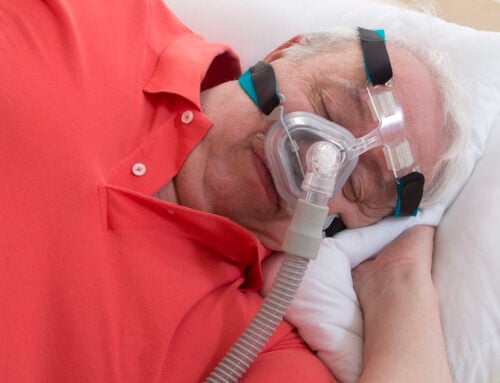Staying Heart Healthy
When most people think about cardiac conditions, hypertension is the first issue that comes to mind. Also known as high blood pressure (BP), the phrase refers to when a person’s blood consistently creates too much pressure against the arterial walls. Over time, uncontrolled hypertension can lead to various health problems like stroke, kidney failure, and heart failure. While eating right and engaging in routine physical activity are important to stay healthy, people with high BP are also encouraged to monitor readings to stay within safer ranges.

Blood pressure readings explained
To properly read a blood pressure monitor, people must first understand what the figures mean. Blood pressure is presented as both systolic and diastolic pressures. Systolic refers to the amount of pressure the heart exerts on the arteries while beating and is usually a higher number. By contrast, diastolic represents the amount of pressure on the arterial walls that occurs between heartbeats. A healthy resting blood pressure is 120/80 or 120 systolic over 80 diastolic.
What causes high blood pressure?
The most common reason for high blood pressure is stiffening in the arterial walls. Often, issues such as high cholesterol can be the leading contributor to the condition. Opting for a diet rich in fatty or processed foods can leave plaque deposits in the blood vessels, which requires the heart to work harder to move blood through the body. To manage hypertension, people are encouraged to opt for a healthier diet and exercise. In some cases, individuals may need to take medication to manage the condition. Likewise, routine monitoring may be required.
How to monitor accurately
While taking a BP reading is technically easy, several factors can impact the results. When using a home monitoring device, consider the following tips to ensure accurate results. The blood pressure cuff should never be put over clothing but rather directly on the arm. Likewise, people should avoid taking readings too soon after activity, as the results will be elevated. Additionally, smoking or drinking caffeinated beverages will also lead to inaccurate figures. Having a full bladder is a lesser-known issue that can also alter results.
Consistency is key
Many people are surprised that at-home blood pressure monitoring comes with strict guidelines. In particular, people are encouraged to measure blood pressure at the same time every day. Posture can impact readings too. For best results, sit up straight with feet flat on the floor and the arms supported on a flat surface with the upper arms at heart level. The cuff should be on the upper arm but just above the elbow. Take 2 readings each time, roughly a minute apart, for improved accuracy.
Why test blood pressure at home?
Staying on top of blood pressure readings is critical for ensuring that an individual is taking the right amount of medication if necessary. Likewise, at-home readings can often be the first warning that a person’s health condition may be changing. Experts recommend that people with readings between 160/100-179/109 should be rechecked in 2 weeks. Meanwhile, individuals with a range of 140/90-159/99 should be reviewed within 4 weeks. People with a reading of 120/80-139/89 may have pre-hypertension and should be rechecked within 4-6 weeks. Individuals with 120/80 or less should be checked annually.




